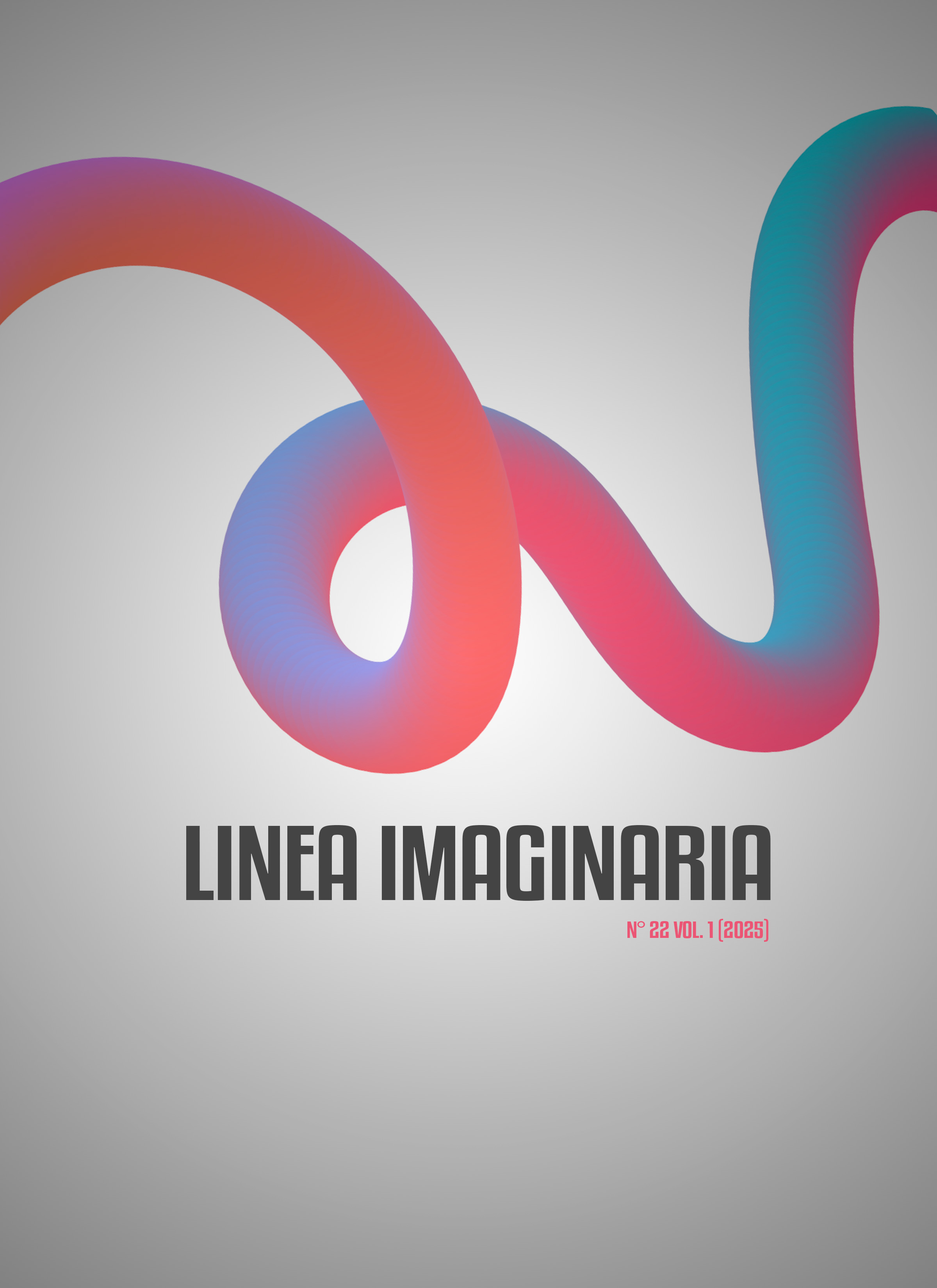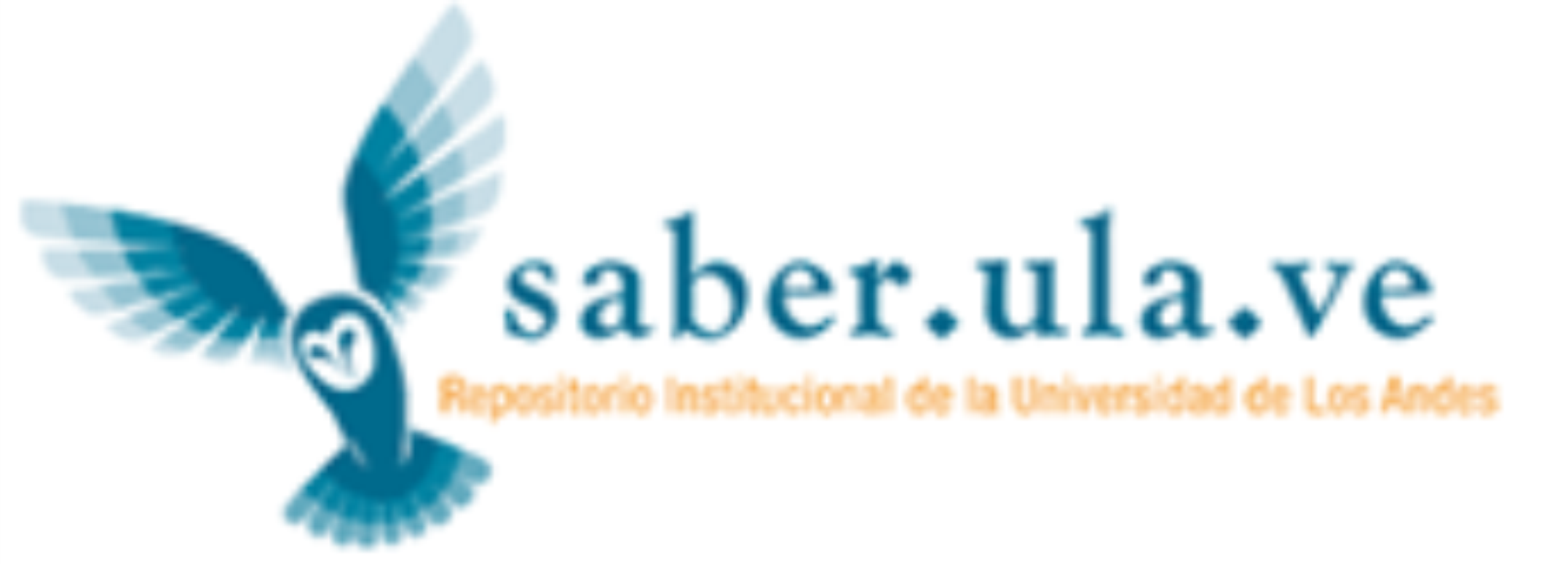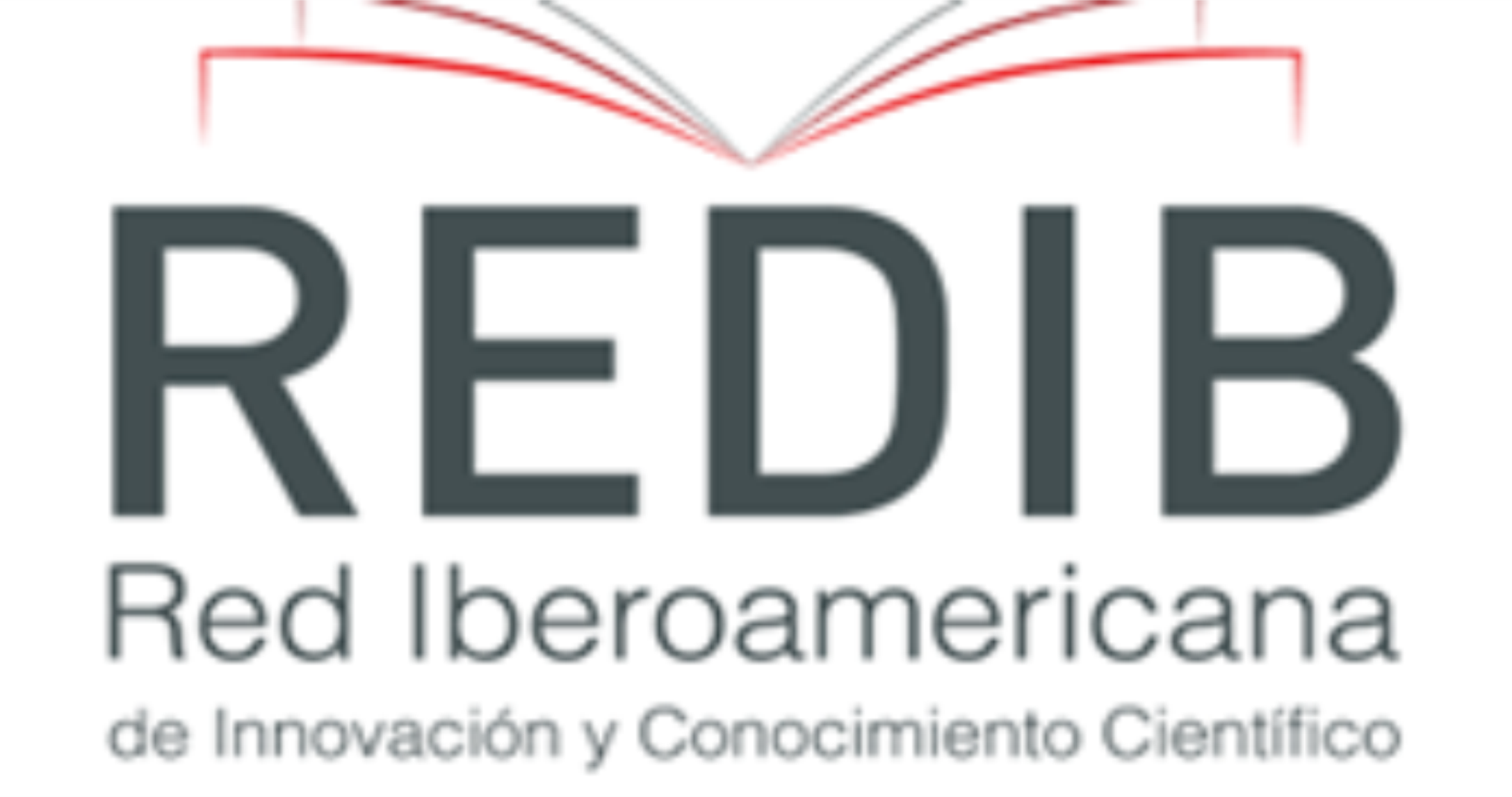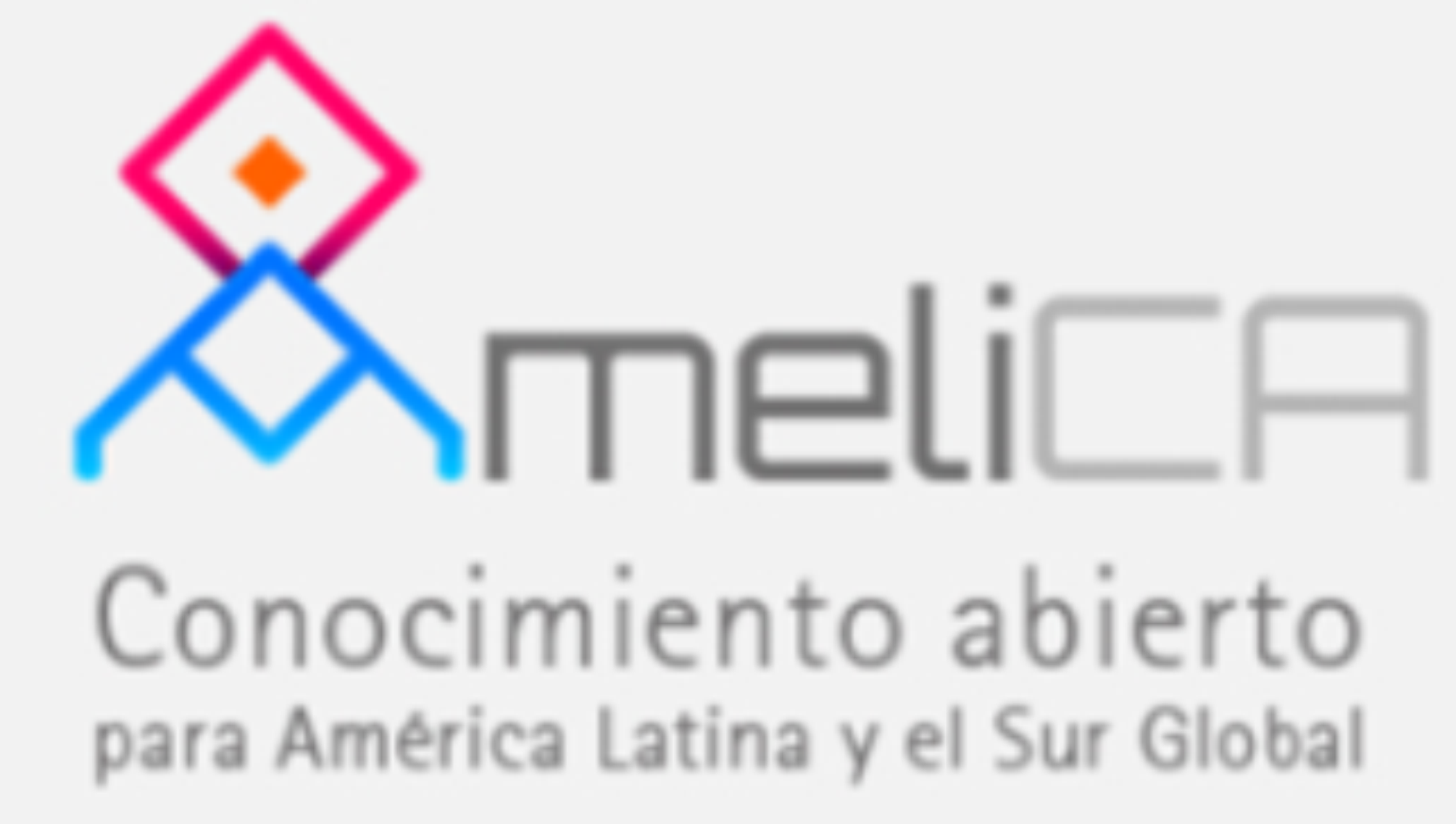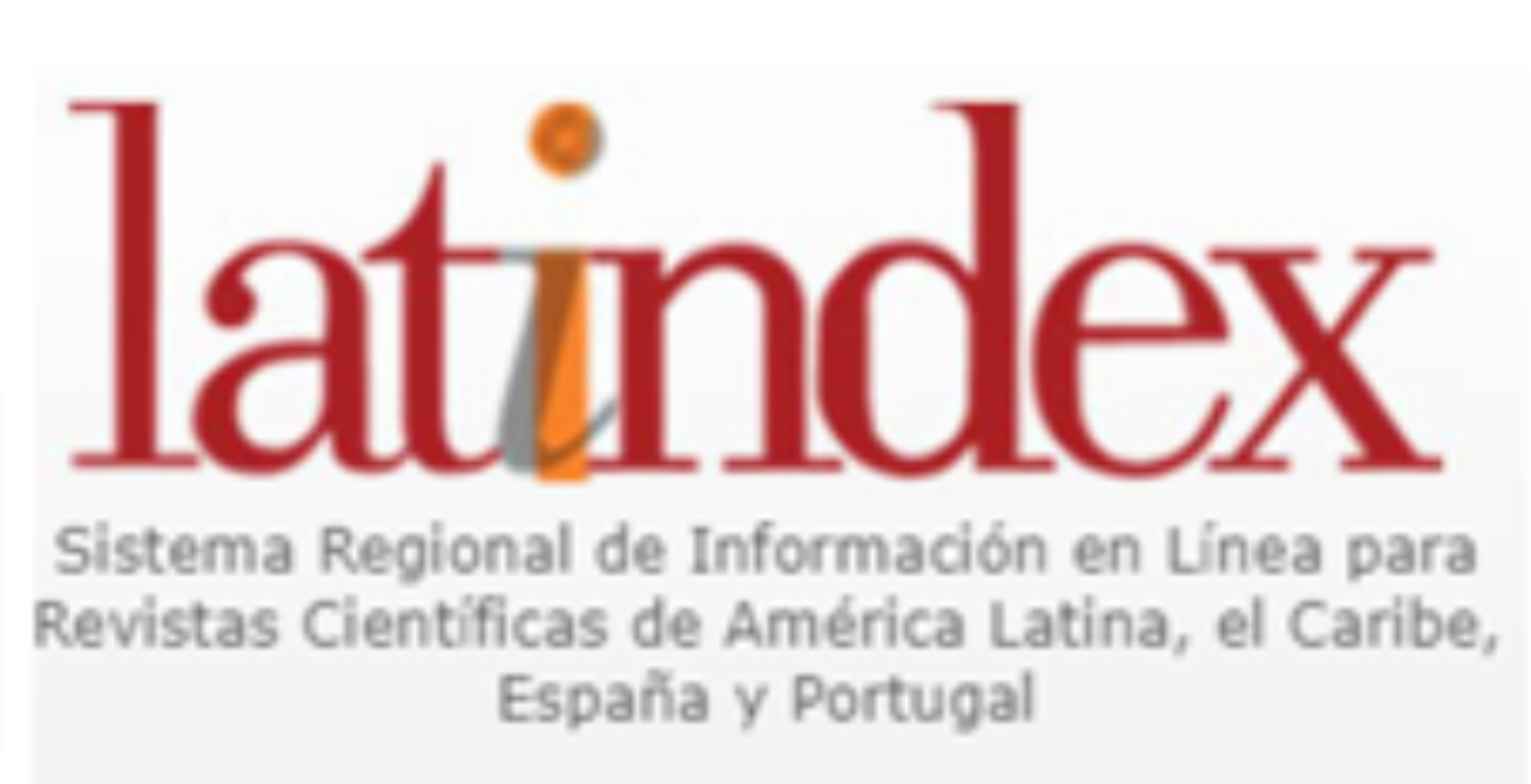“THE METAMORPHOSIS OF COMMUNICATION: AN ANALYSIS OF TECHNOLOGICAL EVOLUTION AND ITS IMPACT ON HUMAN INTERACTIONS”
DOI:
https://doi.org/10.56219/lneaimaginaria.v1i22.4128Keywords:
Digital age, Internet, Digital social networks, Communication, Interpersonal relationships, Self-conceptAbstract
This document presents a historical reconstruction of key events and moments that, beginning with the so-called digital age, had a direct impact on changes in the daily routines of individuals in Colombia. These aspects, inventions, and technological and digital advances promoted a paradigm shift in communication, in the way people relate to each other, and in the actions and decisions that decisively impact the construction of identity and self-concept among school-aged youth in the country. These include the recognition of digital identity, the digitalization of society, and the fraternization of concepts. It presents a review of statistical data that reflect the insertion of technology in daily life and the digital gaps present in the country, the divergence in discourse due to a problem inherited from family to school, loneliness in front of screens, the relationship with oneself, the review of the lives of others desired for oneself, the dualities in realities, adaptations and lies to try to fit into a world that is difficult to keep up with and where being ethically prepared can make a difference in whether or not one has a leading role in one's own existence.
Downloads
References
Borja Gomez, J. H. (1997). Internet y la WEB en Colombia: una historia de sus primeros años. el tiempo.
Caracteres, R. (noviembre de 2013). Obtenido de http://revistacaracteres.net/revista/ vol2n2noviembre2013/oralizacion-de-textos-digitales/
Caracteres, R. (2 de 11 de 2013). Estudios culturales y criticos de la esfera digital.
DANE. (2025). dane.gov.co. Obtenido de https://www.dane.gov.co/index.php/ estadisticas-por-tema/demografia-y-poblacion/nacimientos-y-defunciones
Di Segni Obiols, S. (2004). Adultos en crisis jóvenes a la deriva. Buenos Aires: Clio & Asociados.
Forenses, I. N. (2023). Procuraduria.gov.co. Obtenido de Procuraduria General de la Nación: https://www.procuraduria.gov.co/Pages/suicidio-disparado-colombia-cuenta-trastornos-mentales-procuraduria.aspx
Giraldo-Giraldo, C., Rios-Londoño, D. M., & Cardona Cifuentes, F. A. (18 de Julio de 2018). La gramática al margen de la norma: la escritura en WhatsApp. Lenguaje, 46(2). doi: 10.25100/lenguaje DOI: https://doi.org/10.25100/lenguaje.v46i2.6585
Holgado Lage, A., & Recio Diego, Á. (18 de Noviembre de 2013). La oralización de textos digitales: usos no normativos en conversaciones instantáneas por escrito. caracteres. Delirio. Obtenido de http://revistacaracteres.net/revista/ vol2n2noviembre2013/oralizacion-de-textos-digitales/
Loveless, A., & Wiliamson, B. (2017). Nuevas Identidades de Aprendizaje en la Era Digital. Madrid: Narcea,S.A. de Ediciones.
Ministerio de salud y proteccion social. (13 de enero de 2025). Obtenido de Minsalud.gov.co: https://www.minsalud.gov.co/Paginas/Minsalud-lidera-estrategias-para-enfrentar-la-depresion-en-el-Dia-Mundial-de-su-lucha.aspx
OMS. (31 de maro de 2023). Organiación Mundial de la Salud. Obtenido de https://www.who.int/es/health-topics/depression#tab=tab_1
ONU. (s.f.). Obtenido de Naciones Unidas: https://www.un.org/es/global-issues/population
Organización de las Naciones Unidas para la Educación, la Ciencia y la Cultura. (2021). UNESCO. Obtenido de https://www.unesco.org/es
popular, R. C. (s.f.). Revista Corporación memoria y saber popular. Obtenido de https://www.saberpopular.org/index.php?option=com_content&view=article&id=205:la-telefonia-en-colombia-acortando-distancias-acercando-voces&catid=42&Itemid=240
Portafolio, r. (25 de octubre de 2022). Obtenido de Revista portafolio: https://www.portafolio.co/tendencias/celulares-en-colombia-hay-mas-telefonos-moviles-activos-que-personas-573094
Pruebas saber 11 promedio nacional mejora pero las brechas se mantienen. (2024). El tiempo. Obtenido de https://www.eltiempo.com/vida/educacion/pruebas-saber-11-promedio-nacional-mejora-pero-las-brechas-se-mantienen-824030
rae.es. (s.f.). Obtenido de Rel Academia Española: https://www.rae.es/
Reig, D., & Vilchez, L. F. (2013). Los jóvenes en la era de la hiperconectividad:tendencias, claves y miradas. Madrid: Fundación Telefónica.
Revista Internacional de Medicina Preventiva. (2012). Obtenido de https://pmc.ncbi.nlm.nih.gov/articles/PMC3354400/
We Are Social. (29 de abril de 2024). Obtenido de https://wearesocial.com/es/blog/2024/04/informe-digital-global-abril-2024/
Downloads
Published
How to Cite
Issue
Section
License

This work is licensed under a Creative Commons Attribution-NonCommercial-ShareAlike 4.0 International License.
La revista Línea Imaginaria conserva los derechos patrimoniales (copyright) de las obras publicadas, que favorece y permite la reutilización de los mismos bajo la licencia Creative Commons Atribución-NoComercial-CompartirIgual 4.0 , por lo cual se pueden copiar, usar, difundir, transmitir y exponer públicamente, siempre que se cite la autoría y fuente original de su publicación (revista, editorial, URL y DOI de la obra), no se usen para fines comerciales u onerosos y se mencione la existencia y especificaciones de esta licencia de uso. Si remezcla, transforma o crea a partir del material, debe distribuir su contribución bajo la misma licencia del original.

